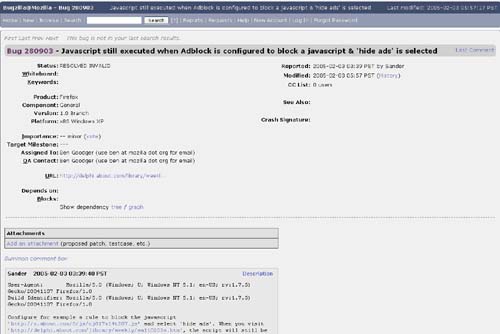Is Unit Testing Overused?
In this article, Andrew Hunter shares his opinion that unit tests and test driven development (TDD) now dominate the types of test that are used in software development. This situation has limited the attention available for other software testing types, such as the integration tests. Thus he asks the question: “Are unit tests overused?“





